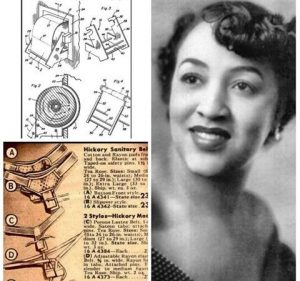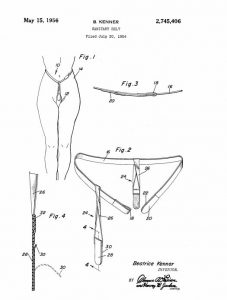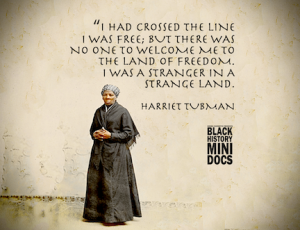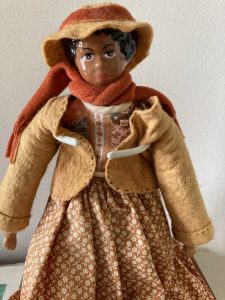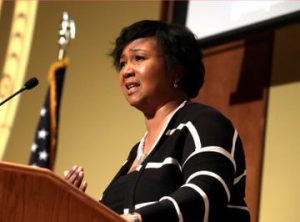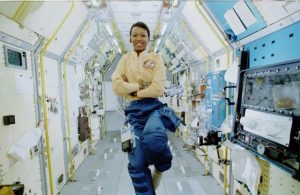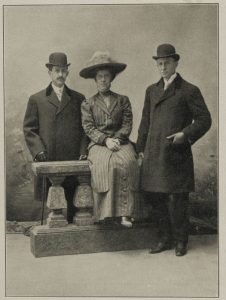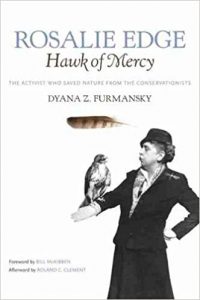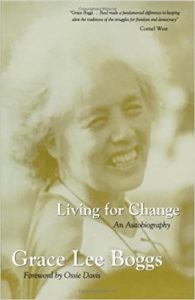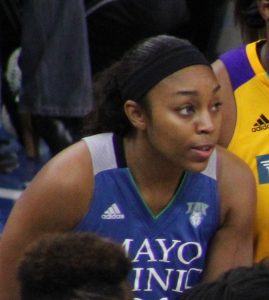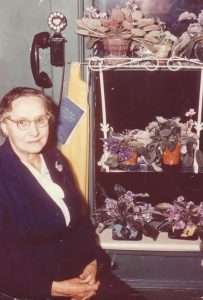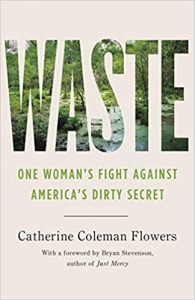Feb 25, 2023
I’ve been making sourdough things since 1971 when I was given a sourdough starter at my bridal party. I took it off to my first apartment and quickly learned to make bread – yummy bread. I would make it in repurposed soup cans as it made lovely little round bread circles that worked great with sandwiches especially since at that time braunschweiger and colby cheese both came in tube shapes making a perfectly round sandwich.
This sourdough starter has followed me to
Michigan (Ann Arbor and Ypsilanti)
Maryland
South Carolina
Delaware
Ohio
Along the way, I’ve given others starts of my starter including my mother which was good thing because when I lived in Maryland, my mother-in-law was cleaning my refrigerator and threw it out as she thought it was disgusting. Fortunately, the next time I visited my mom in Michigan, I created a new one and took it back to Maryland. My favorite things are Honey Wheat bread, dinner rolls, rye bread and the most wonderful is pancakes!
I can also tell you that I have left it in the back of the refrigerator for up to 5 years and it still wakes up and is happy to bake. Now, I mostly make bread and treats around holidays and dinner events. With this schedule, the starter needs to be woke up about 3 days before you need it.
This all leads to the “Case of the Missing Sourdough Dinner Rolls” which began on Feb 21 when I woke it up. If you haven’t made sourdough, you start with a starter that you pour into a glass bowl and add an equal amount of warm water and flour. Mix it up knowing it will be lumpy, put a plate of wrap over the bowl and let it sit for a few days. The plate or wrap is to keep the fruit flies out and I have no idea how they find it in the dead of winter. I use a glass bowl so I can see it getting bubbly. I may stir it a couple times cause stirring is fun. After it has formed a “sponge” which is a technical term for “sourdough is ready”, I made the dough. Like most bread doughs there is a two-step rising process and the first one, I had ready to proof in my oven that has a proofing function. Sourdough is a slow rise, so this was ready to be punched down at 10PM on Friday.
Now, I took my half-century old 9X12 Pyrex glass baking pan which is one of the few wedding gifts I haven’t broken. I like glass as I can see when the rolls are nicely browned. My pan holds 18 lovely little round balls that will rise to become dinner rolls. Typically, at holiday times, I will make this in the morning and let the rolls rise in the laundry room as it might take 4 or 5 hours – sourdough is not fast. This day, since it was already 10PM, I figured I rise them in the Garage since it was colder and having bread dough running down the walls in the laundry room is not the image I wanted and I do learn from experience. Knowing that we have had a mouse problem, I carefully wrapped the pan in “press-n-seal” plastic wrap. My daughter, a certified executive chef would be horrified to know I did this, but even the bushel of apples that I had stored in the same garage had only had two apples that had bites in them all winter.
Timing was that I’d get up at 6AM, let the dogs out and turn the oven to 375 as I’d have plenty of time to cook the rolls before I went to work. After letting the dogs out and turning on the stove, I made the coffee and went to the garage to get the rolls.
THERE WERE NO ROLLS!!
The Pyrex pan was exactly where I left it, but the wrap was gone, too.
Did I make the rolls or just dreamed it?
In the kitchen sink were the two bowls I used and the dough hook waiting to be washed. Back out to the garage – nothing. Since it had snowed that night, I opened the garage door and saw no footprints anywhere. Walked around the house, nothing. Checked over the garage, the cubby spaces, nothing, and no signs of a large slab of dough being dragged away. I envisioned thousands of mice carrying off the dough, but how would they get out? The mouse hole is about the size of a quarter.
Living in an old house, the squirrels in the winter get in the walls but that is in the old part of the house. Only once in 30 years has a squirrel found it’s way into the house and that was likely through the dog door. Now, the dog door was not open until I let the dogs out at 6AM and if a raccoon came in, there was still no way for the critter to get in the garage unless they are really tall and can open the door from the house to the garage.
On Sunday, I spent an hour walking around the entire outside looking for a way for a racoon, possum, squirrel to enter in vents, chimney, soffits and along the foundation. Nothing. And what animal would have been able to take the dough without breaking or moving the glass pan?
When I left for work on Saturday morning knowing I was going to have to take my lunch hour at the farmers market to get replacement breads, I fully expected to see thousands of exploded mice and squirrels that had eaten the raw dough and when it hit their warm bellies, they would just explode. No, none there.
So, the mystery remains.
Who took the sourdough dinner rolls without disturbing the pan and leaving no footprints or trail?
Was it my husband sleep walking, but this was the equivalent of dough for 2 loaves of bread?
Was it someone who knew my car was unlocked and a button on my car will open the garage?
But how could that have happened, and my dogs not have heard?
Or maybe my house ghost stole them?
Cloudy with a chance of dinner rolls?
Maybe this is the first miracle on my way to sainthood and the celestial sourdough I make has RISEN?

